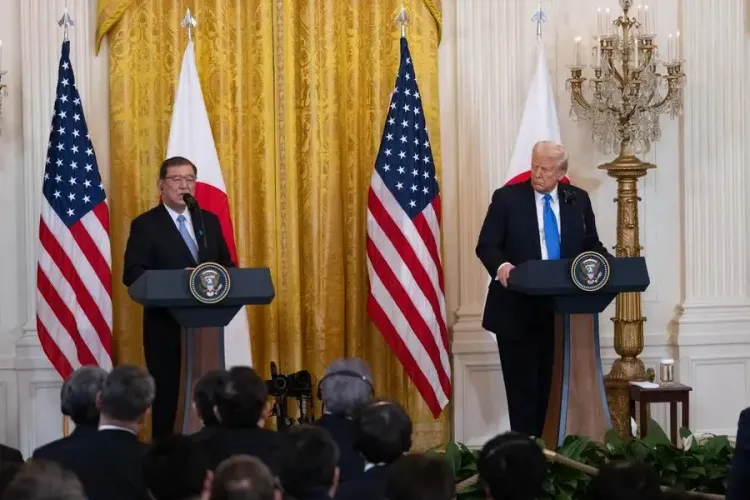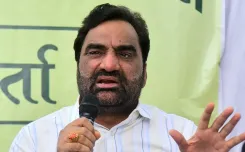Is Confusion Surrounding the US-Japan Tariff Agreement Worsening?

Synopsis
Key Takeaways
- 15 percent additional duty is applicable on certain Japanese imports.
- Conflicting interpretations between Washington and Tokyo create uncertainty.
- Japan asserts a uniform tariff structure for goods taxed below 15 percent.
- Concerns persist over the US commitment to reducing tariffs on automobiles.
- Dialogue between both nations is essential to ensure agreement implementation.
Tokyo, Aug 7 (NationPress) A new wave of US tariffs initiated by President Donald Trump’s administration came into force on Thursday, yet significant disparities have surfaced between Washington and Tokyo regarding their bilateral trade agreement. This particularly pertains to how Japanese imports are interpreted, as reported by Japanese media.
While Japanese officials assert that both nations have a mutual understanding of the new tariff arrangement, a senior White House official has a different perspective. Speaking under anonymity, this official stated that Japanese imports already subjected to tariffs will incur an additional 15 percent duty, contrasting with the European Union, which has secured exemptions through distinct arrangements, as reported by Japan’s Kyodo News agency.
This clarification comes as Tokyo reiterated its stance that Japanese goods currently taxed below 15 percent would incur a uniform 15 percent tariff, while those already subjected to higher duties would not face this additional charge.
“We have confirmed that there is no discrepancy,” stated Japan's Chief Cabinet Secretary Yoshimasa Hayashi during a press conference on Thursday.
Hayashi mentioned that Japan’s lead negotiator, Ryosei Akazawa, currently in Washington, had reconfirmed the agreement's terms with US counterparts and urged swift action to implement it as previously understood, according to Kyodo News agency.
“We will maintain communication with the United States at various levels to ensure the agreement is solidified,” Hayashi added.
However, an executive order signed by President Trump did not clearly outline this tariff framework for Japan, resulting in ambiguity in Tokyo. The White House official’s comments seem to contradict the Japanese government’s interpretation, raising new concerns among trade analysts.
As part of the broader bilateral arrangement, the US is anticipated to lower its 27.5 percent tariff on Japanese automobiles. Nevertheless, with no written commitment or timeline in place, skepticism lingers in Japan regarding whether the promised reduction will come to fruition.
This issue has ignited discussions among Japanese policymakers, some of whom are doubtful whether the Trump administration will fully honor the agreed terms, especially considering past trade tensions and inconsistent messages from US officials.
Despite the ongoing uncertainty, Tokyo reiterated its commitment to engage with Washington to guarantee that the agreement is executed in a “reciprocal” and transparent manner, aligned with the essence of their bilateral talks.










